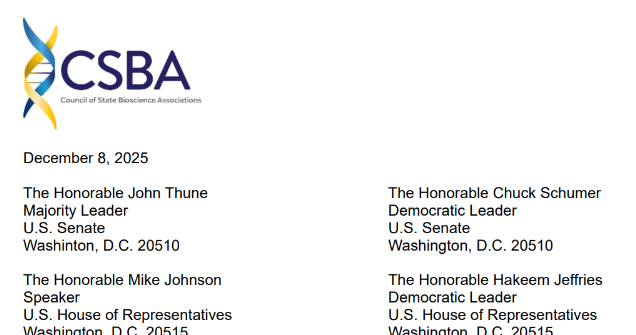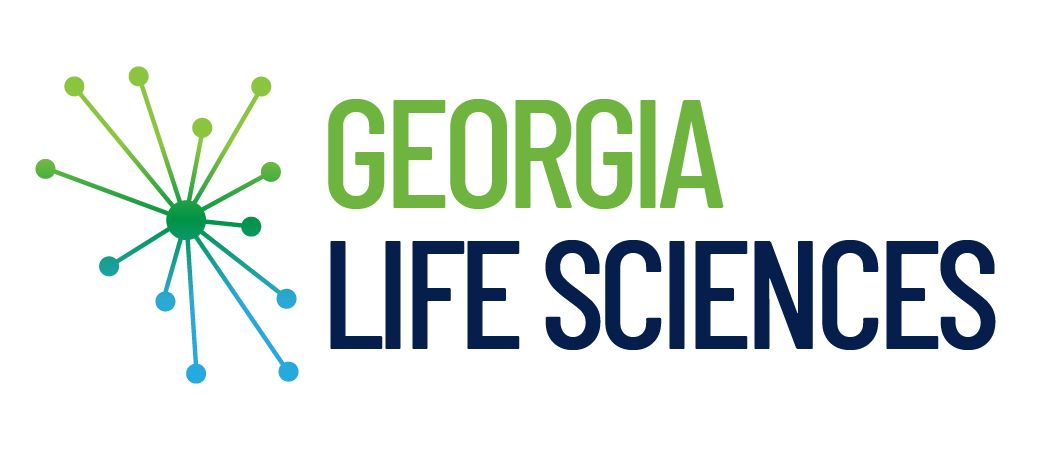Meeting the workforce needs of the Georgia life science ecosystem: 3 minutes with Georgia BioEd Board Chair Philip Gibson
The future of a state’s life science industry is only as bright as its workforce pipeline. Careers in the life sciences are often born from simple demonstrations of how things like the heart work (a tennis ball and a bit of latex will do) and parent education on what the life science industry can offer students.
Philip Gibson, Georgia BioEd Board Chair talks about about its mission, work and industry ties.
“[One of] Georgia BioEd’s needs is [more] participation of the industry to help us to determine what exactly do they want out of someone that’s coming out of the educational system,” Philip said. “What do they desire in employees, how many employees do they need? We work to generate that information and then to try to meet those needs of the state.”
If you would like to know more about how Georgia Bio supports the state’s life science workforce and educator needs, contact email Senior Director of Member Engagement Kristina Forbes via email: kforbes@gabio.org .




